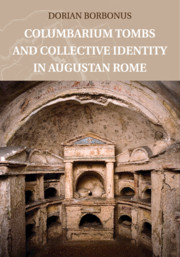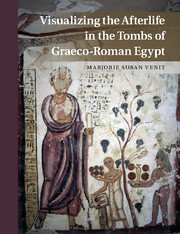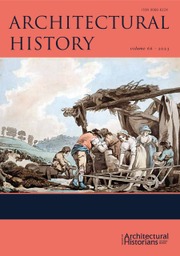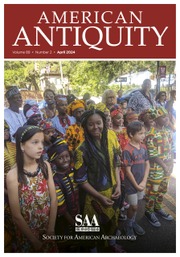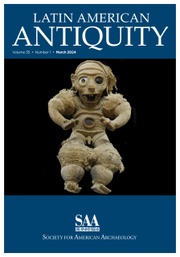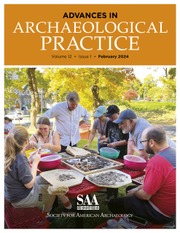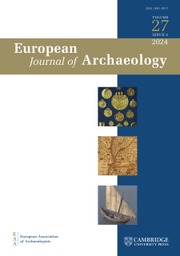Columbarium Tombs and Collective Identity in Augustan Rome
£30.99
- Author: Dorian Borbonus, University of Dayton, Ohio
- Date Published: May 2019
- availability: Available
- format: Paperback
- isbn: 9781108436021
£
30.99
Paperback
Other available formats:
Hardback, eBook
Looking for an inspection copy?
This title is not currently available on inspection
-
Columbarium tombs are among the most recognizable forms of Roman architecture and also among the most enigmatic. The subterranean collective burial chambers have repeatedly sparked the imagination of modern commentators, but their origins and function remain obscure. Columbarium Tombs and Collective Identity in Augustan Rome situates columbaria within the development of Roman funerary architecture and the historical context of the early Imperial period. Contrary to earlier scholarship that often interprets columbaria primarily as economic burial solutions, Dorian Borbonus shows that they defined a community of people who were buried and commemorated collectively. Many of the tomb occupants were slaves and freed slaves, for whom collective burial was one strategy of community building that counterbalanced their exclusion in Roman society. Columbarium tombs were thus sites of social interaction that provided their occupants with a group identity that, this book shows, was especially relevant during the social and cultural transformation of the Augustan era.
Read more- The first book-length study to examine the fascinating and enigmatic phenomenon of columbarium tombs
- Offers detailed archaeological and historical reconstruction of thirty-five columbaria, the most complete treatment of the subject to date
- The author draws on a range of material culture (such as structural features, inscriptions, commemorative objects and decorative iconography) to describe ancient funerary culture more broadly across the Mediterranean
Reviews & endorsements
'In this slim book on death, Borbonus brings the world of the columbarium tombs to life. Columbarium Tombs and Collective Identity in Augustan Rome has a great sense of place - Rome and Italy breathe through its narrative - and, with this, a very enlightening summation of the less read Italian contributions to the history of non-elite burial tombs.' H. Sigismund Nielsen, Bryn Mawr Classical Review
Customer reviews
Not yet reviewed
Be the first to review
Review was not posted due to profanity
×Product details
- Date Published: May 2019
- format: Paperback
- isbn: 9781108436021
- length: 310 pages
- dimensions: 180 x 250 x 15 mm
- weight: 0.6kg
- contains: 71 b/w illus. 11 tables
- availability: Available
Table of Contents
1. Studying columbaria as a historical phenomenon
2. Tradition and innovation in the architectural design of columbaria
3. Making and breaking the rules: the use and evolution of columbaria
4. Reading between the lines: the vocabulary of columbarium epitaphs
5. Finding niches in society: the occupants.
Sorry, this resource is locked
Please register or sign in to request access. If you are having problems accessing these resources please email [email protected]
Register Sign in» Proceed
You are now leaving the Cambridge University Press website. Your eBook purchase and download will be completed by our partner www.ebooks.com. Please see the permission section of the www.ebooks.com catalogue page for details of the print & copy limits on our eBooks.
Continue ×Are you sure you want to delete your account?
This cannot be undone.
Thank you for your feedback which will help us improve our service.
If you requested a response, we will make sure to get back to you shortly.
×
